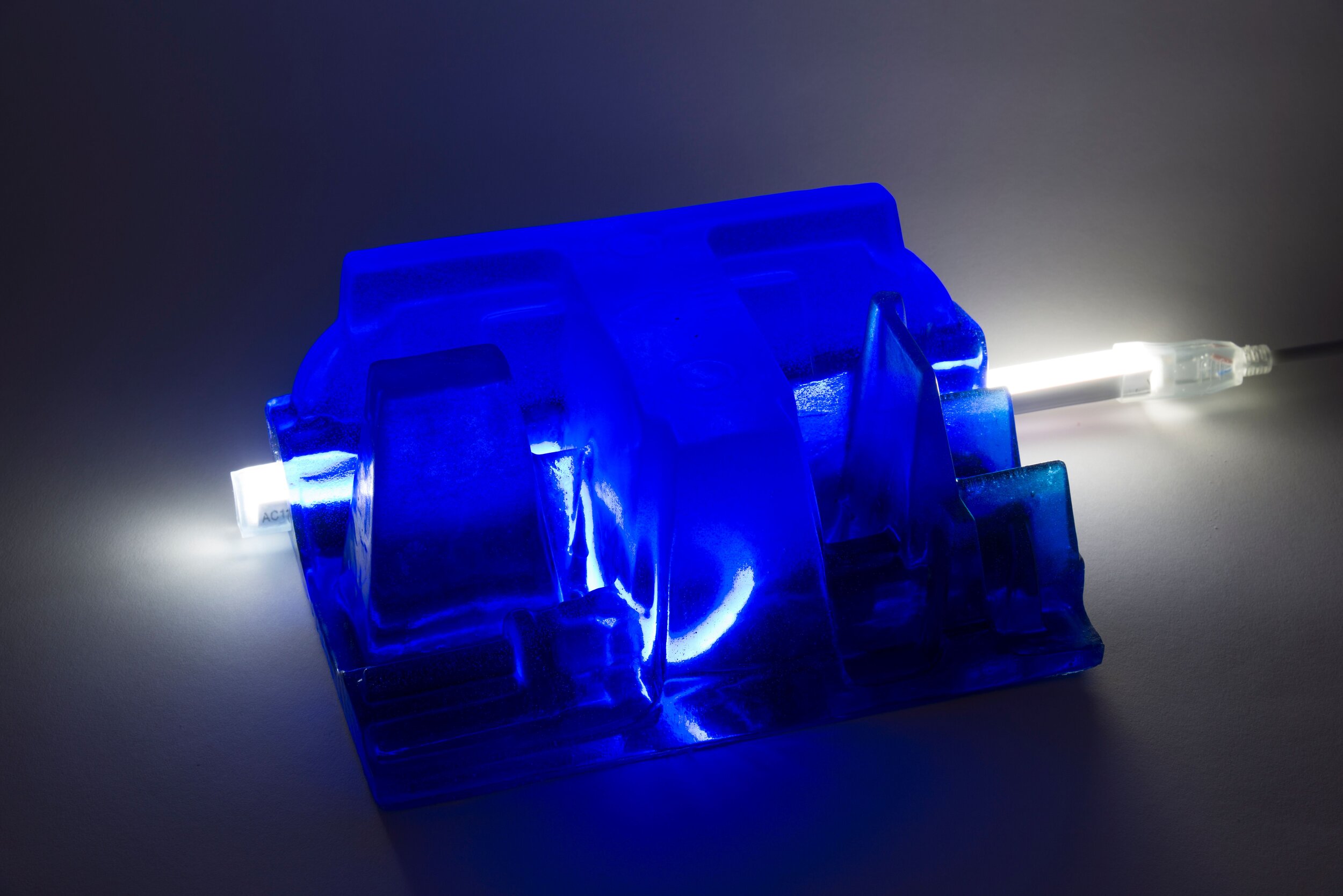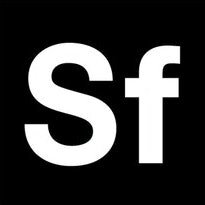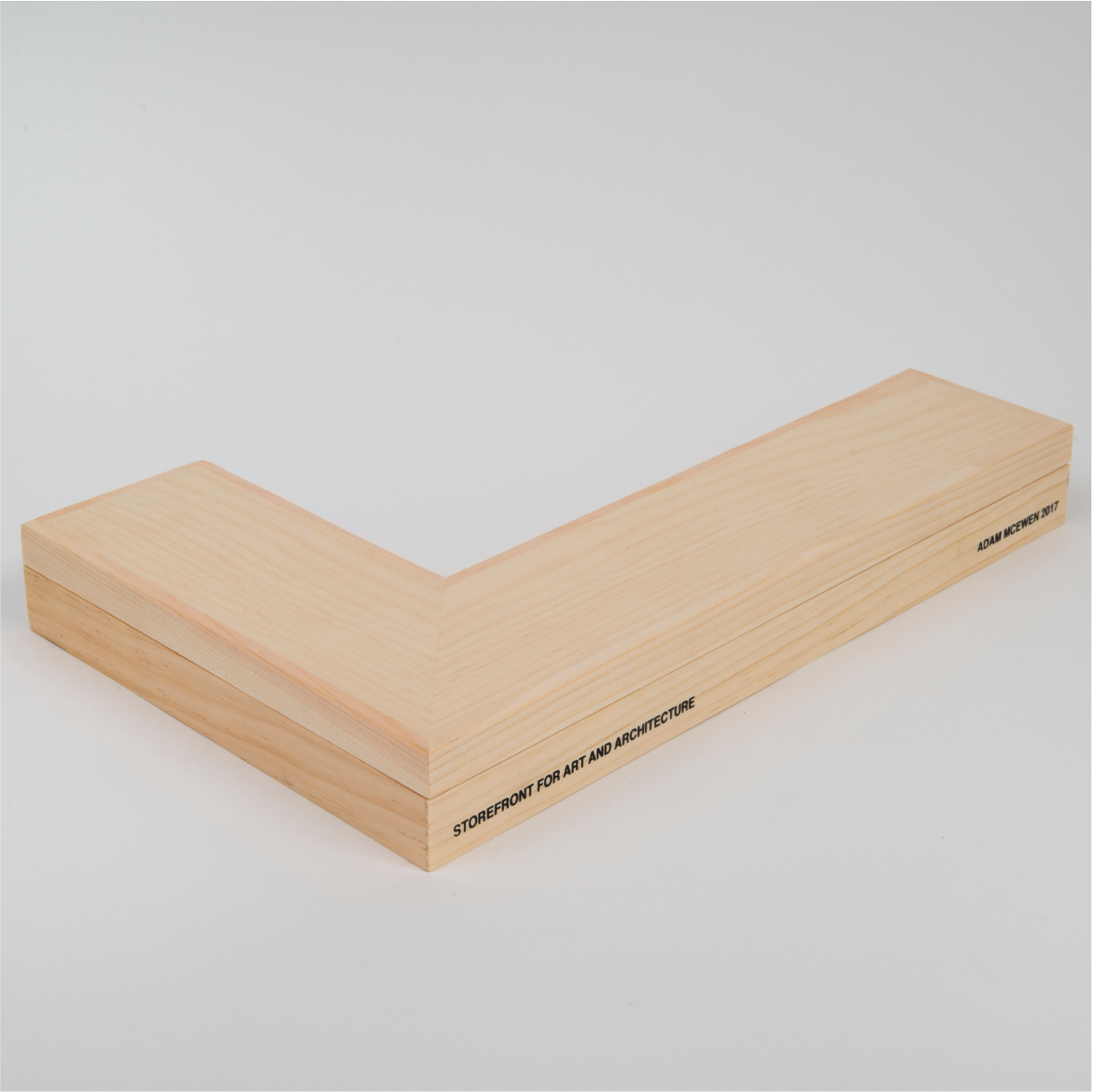LITE-SCAPES SF by LOT-EK



LITE-SCAPES SF by LOT-EK
LITE-SCAPES SF
2017
Cast clear colored rubber, LED neon strip, transformer, electric cord, switch and plug
7.0 x 11.0 x 5.0 inches
Edition: 20 in 5 colors (5 APs)
LITE-SCAPES SF is an edition of lighting fixtures. One liter of clear colorized latex rubber is cast and threaded through with a 20” tube of LED flexible neon. The topology of each fixture derives from the packaging insert that mediates between an electric toothbrush and its shipping box. These inserts are transfer mold castings of fibrous recycled paper slurry, sprayed from a pulp pool against a metal mesh mold, to which it is adhered by a vacuum.
This recycling of recycling, a casting of a casting, represents LOT-EK’s interest in upstream/downstream vectors of material culture, and in the radically adaptive reuse—or upcycling—of our manufactured second nature. Castings of latex, a material beloved by both epidemiologists and fetishists, have some of the resilience and warmth of flesh.
LOT-EK (founded 1993 by Ada Tolla and Giuseppe Lignano) is an award-winning architectural design studio based in New York and Naples, Italy. LOT-EK’s sustainable approach to construction through upcycling has been the basis of structural projects at all scales, leveraging the technological properties of existing industrial objects to create architecture. The studio has achieved high visibility for its sustainable and innovative approach to construction, materials, and space, and is committed to researching and implementing innovative ways to conserve materials and energy.
The studio has been involved with commercial, institutional, and residential projects globally. In addition, LOT-EK has conceived and executed exhibition design and site-specific installations for major cultural institutions and museums, including MoMA, the Whitney Museum, the Walker Art Center and the Guggenheim. LOT-EK's first monograph, Urbanscan, was published by Princeton Architectural Press in February 2002. LOT-EK Mixer, was issued by Edizioni Press in 2000, and MDU: Mobile Dwelling Unit, published by DAP, was printed in June 2003.










